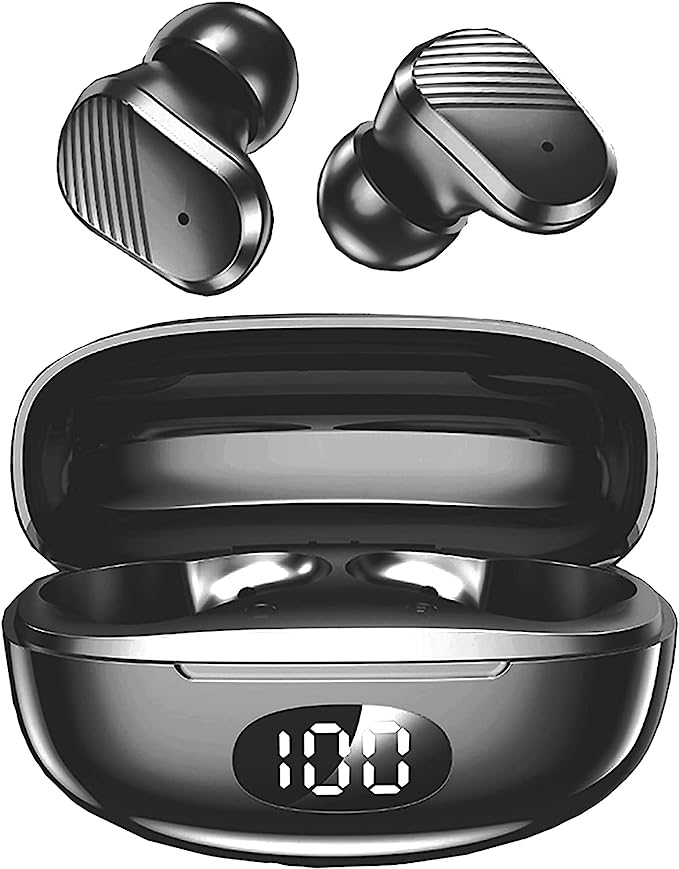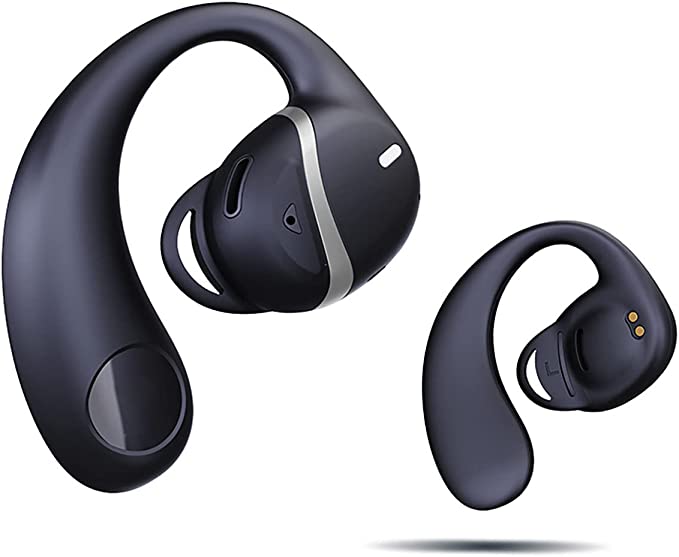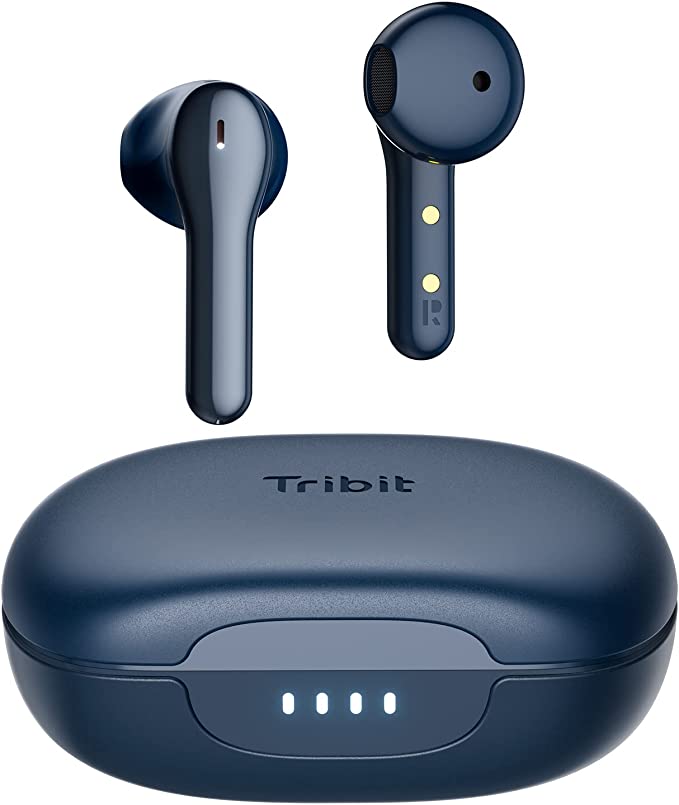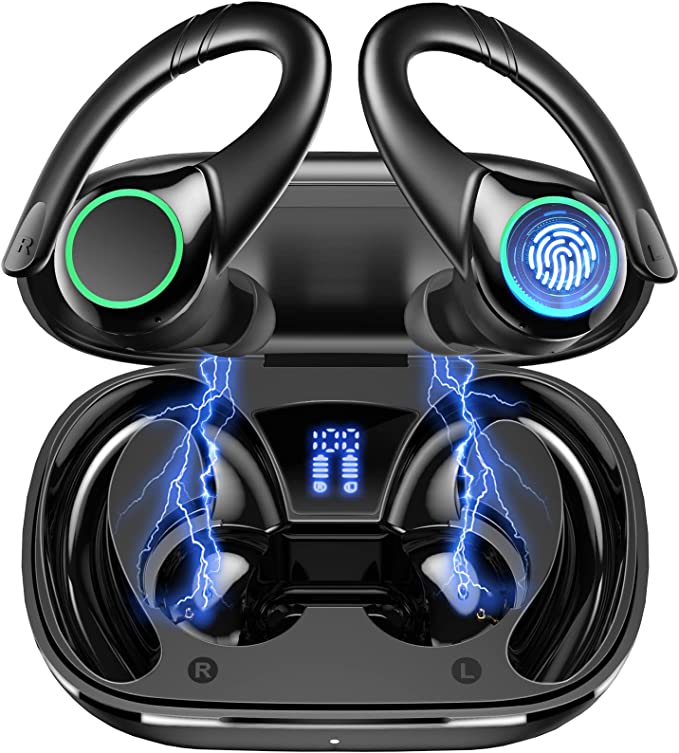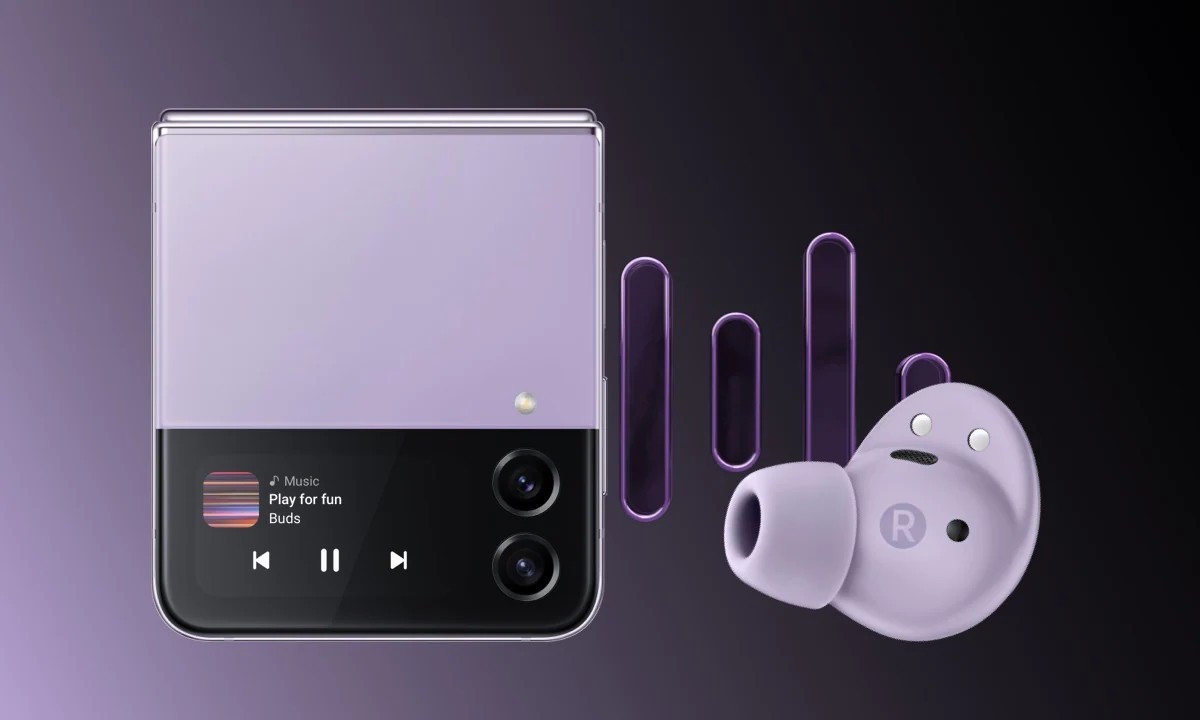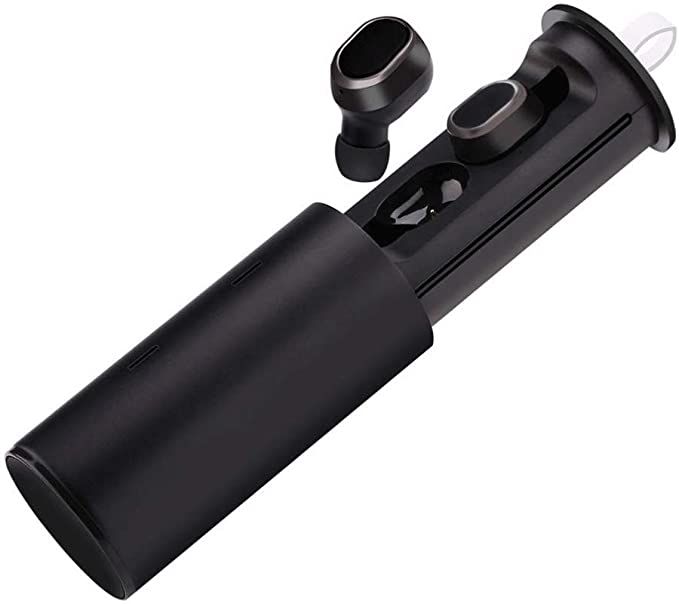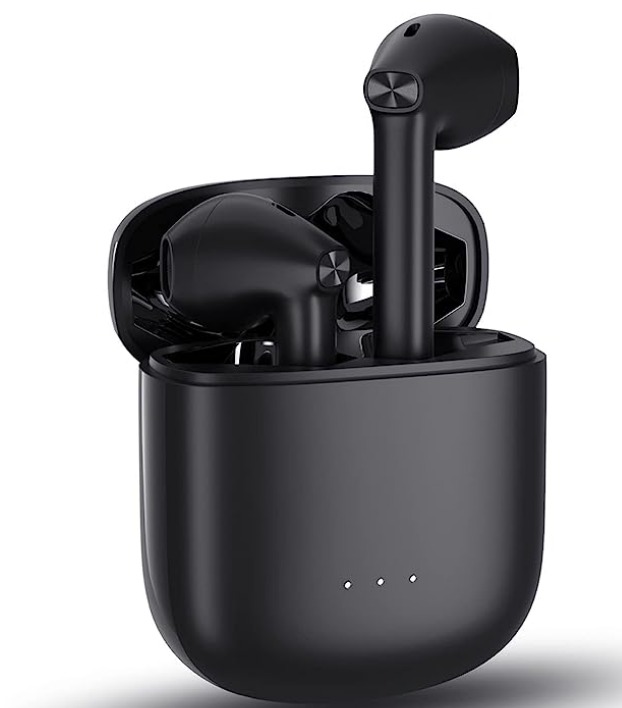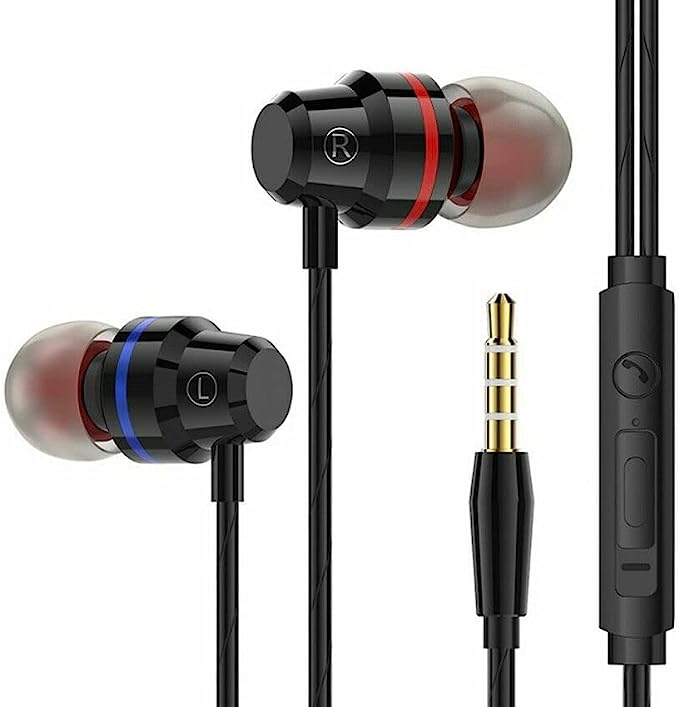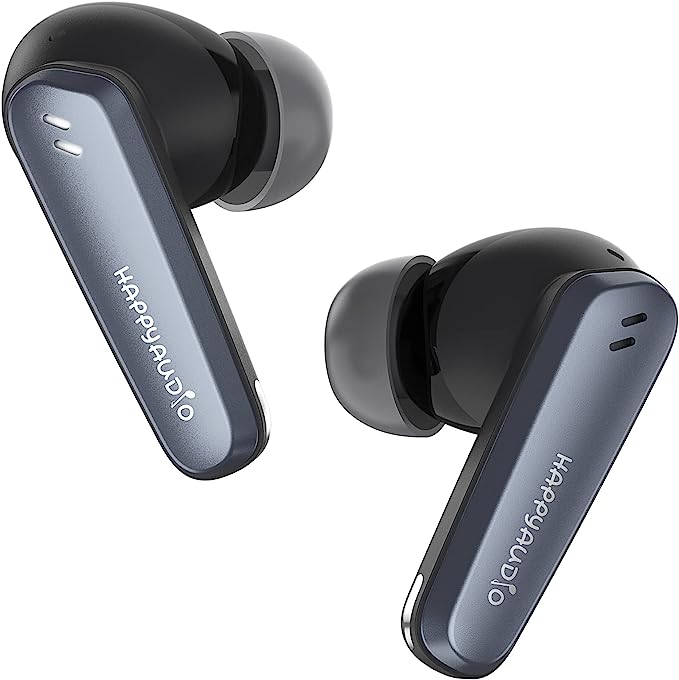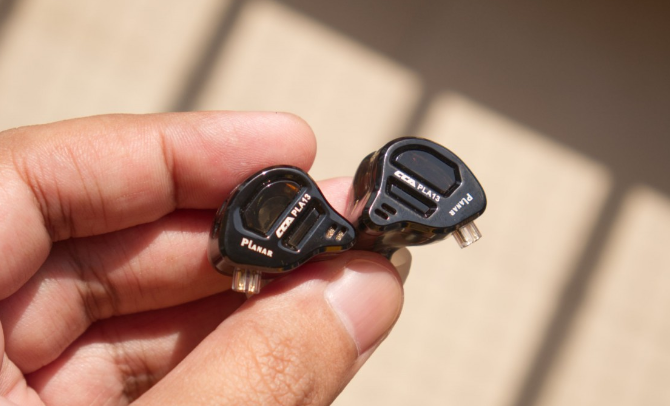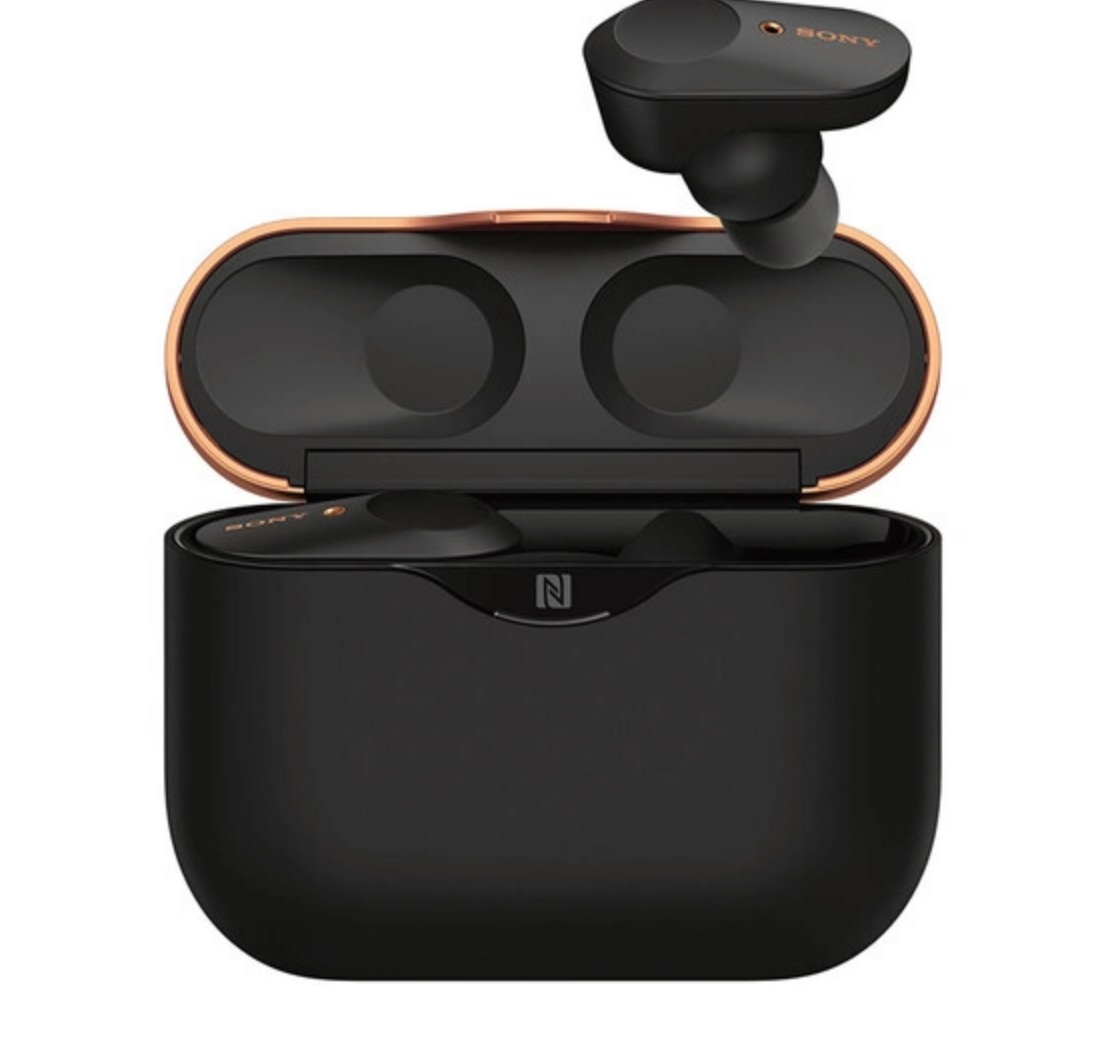SoundPEATS Sonic: Experience Uninterrupted Sound with Cutting-Edge Wireless Audio Technology
Update on July 24, 2025, 8:54 a.m.
We were promised a world without wires. An ethereal freedom where music could follow us, untethered and pure. But for anyone who adopted wireless audio in its infancy, the reality was often a far cry from the dream. It was a world haunted by invisible enemies: the crackle of a dropped signal, the infuriating lag between sight and sound, the muffled voice of a loved one lost in a sea of background noise. The wire, a physical tether, was simply replaced by a chaotic, unpredictable one.
This is the story of the unseen war fought against that chaos. It’s a journey through physics, history, and human ingenuity. Using the SoundPEATS Sonic earbuds not as a product, but as a modern field guide, we’ll uncover the decades of scientific breakthroughs required to tame the airwaves and deliver the seamless sonic peace we can now hold in the palm of our hand. This isn’t just about a pair of earbuds; it’s about appreciating the quiet victory over the fundamental forces that once made wireless audio a frustrating gamble.

The Unseen Handshake: Taming the Airwaves
Every time you pop in your earbuds, a silent, complex negotiation takes place. The goal: to forge a stable connection in an atmosphere saturated with competing signals from Wi-Fi routers, microwaves, and countless other devices. The foundation of this modern miracle has a surprisingly ancient namesake.
The technology we call Bluetooth was named in the 1990s by engineers at Ericsson after Harald “Bluetooth” Gormsson, a 10th-century Viking king famed for uniting the warring tribes of Denmark and Norway. The name was fitting; their new technology was designed to unite disparate communication protocols. But its true genius, its defense against the cacophony of the modern world, lies in a principle conceived during World War II by actress and inventor Hedy Lamarr: Frequency Hopping Spread Spectrum (FHSS).
Imagine trying to have a conversation at a crowded party by shouting on one single frequency. You’d be instantly drowned out. FHSS is like agreeing with your friend to rapidly jump between thousands of different quiet corners (frequencies) every second, in a predetermined pattern. An eavesdropper—or in this case, a source of interference—would only catch meaningless fragments. This is the core of Bluetooth’s resilience.
In a device like the SoundPEATS Sonic, this entire process is orchestrated by a silicon brain—the Qualcomm QCC3040 System-on-a-Chip (SoC). But even with FHSS, early true wireless earbuds had an Achilles’ heel. They used a master-slave system, where one earbud would receive the signal and then have the difficult task of relaying it to the other. This made the connection fragile.
The solution, TrueWireless Mirroring, is an elegant leap forward. Think of it as a cockpit with a pilot and a fully trained co-pilot. Both earbuds establish a direct, mirrored link to your phone. If the primary earbud (the pilot) encounters a pocket of severe interference, the secondary (the co-pilot) instantly and seamlessly takes command. For us, the listener, the transition is imperceptible. The music simply plays on, uninterrupted. It’s a quiet, brilliant piece of engineering that finally delivers the stable, invisible handshake we were always promised.

The Ghost in the Machine: The Art of Shrinking Sound
Once a stable connection is forged, a new challenge emerges, one rooted in the fundamental laws of information itself. A high-quality, uncompressed audio file is enormous. Trying to push it through the narrow bandwidth of Bluetooth in real-time would be like trying to force a river through a garden hose. This is where the art of the audio codec comes in—a ghost in the machine that must shrink the sound without killing its soul.
The science behind this magic is called psychoacoustics: the study of how the human brain perceives sound. Our hearing is magnificent, but it’s not perfect. For example, a loud sound will completely mask a quieter sound that occurs at the same time on a nearby frequency. This is a “flaw” that engineers can brilliantly exploit.
A codec like aptX-Adaptive is a master of psychoacoustic modeling. It analyzes the audio stream and makes incredibly sophisticated decisions about what to keep and what to discard. It intelligently throws away the sonic data that would have been masked anyway—data your brain would never have processed. It’s a form of digital triage, preserving what is perceptually important while shedding immense amounts of data.
What makes aptX-Adaptive so advanced is its “adaptive” nature. It’s a digital chameleon. When your wireless connection is strong and clear, it uses a higher bitrate, preserving more nuance for a richer, near-CD quality experience. But if you walk into an area with heavy Wi-Fi traffic, it instantly adapts, lowering the bitrate to ensure the stream remains stable and doesn’t stutter. It prioritizes a continuous experience over brittle, high-fidelity perfection, making the best possible compromise in real-time. This dynamic dance is what separates modern high-fidelity wireless audio from the all-or-nothing propositions of the past.

A Voice in the Storm: The Science of Being Heard
Perhaps the most personal battle in the wireless war is the simple act of a phone call. We’ve all been on the other end of a call from someone on a windy street, struggling to decipher their words from the roar of the storm. The challenge is immense: how does a tiny microphone isolate the subtle frequencies of a human voice from the overwhelming energy of ambient noise?
This is not the job of Active Noise Cancellation (ANC), which creates a quiet bubble for you, the listener. This is the task of uplink noise suppression, and the technology at its heart, Qualcomm cVc 8.0 (Clear Voice Capture), is a marvel of digital signal processing.
Its core principle can be traced back to the 19th-century French mathematician Joseph Fourier, who proved that any complex wave—like the sound entering an earbud’s microphone—can be broken down into a combination of simple sine waves of different frequencies and amplitudes. This is Fourier Analysis.
The cVc algorithm acts like a digital prism. It takes the chaotic jumble of sound from the outside world and uses this mathematical principle to separate it into its constituent frequencies. It has been trained to recognize the specific, complex patterns of human speech. When it “sees” these patterns, it captures them. When it sees the low-frequency rumble of traffic or the chaotic hiss of wind, it identifies them as “noise” and digitally suppresses them. The result, sent to the person on the other end of the line, is a voice that sounds as if it has been lifted out of the storm and placed in a quiet room. It’s a testament to the power of algorithms to find order and meaning in the midst of pure chaos.

The Endless Marathon: The Quiet Quest for Power
All this sophisticated processing—the constant frequency hopping, the real-time audio encoding, the algorithmic noise filtering—consumes energy. And in a device measured in millimeters, energy is the ultimate currency. The final front in the wireless war is the quiet, relentless quest for power efficiency, a battle fought on the levels of silicon architecture and fundamental chemistry.
The marathon endurance of a device like the SoundPEATS Sonic, with its advertised 35 hours of total listening time, is not the result of a single breakthrough but a symphony of efficiencies. It begins with the Bluetooth 5.2 standard itself, which includes Low Energy (LE) protocols designed from the ground up to minimize power consumption during both active use and idle states.

This is amplified by the design of the QCC3040 chip. Modern SoCs are masterpieces of power management, able to shut down inactive parts of the chip in microseconds to conserve every possible joule of energy. Finally, the physical power source, the tiny Lithium-ion Polymer battery, represents decades of chemical research to pack the highest possible energy density into the smallest, safest possible space.
The result is a device that can carry you through a full day, and then another, without a thought for a charging cable. This freedom from “battery anxiety” is perhaps the most tangible victory of all, the one that truly allows the technology to fade into the background and let the sound take center stage.
The seamless audio experience we often take for granted today is anything but simple. It is the culmination of separate, decades-long wars waged in the disparate fields of radio physics, information theory, psychoacoustics, and materials science. Each quiet, crystal-clear note that reaches your ears through a device like the SoundPEATS Sonic is a small trophy from that unseen conflict. The real luxury of modern wireless is not merely the absence of a cord; it is the hard-won, beautifully engineered presence of order in a world of chaos.


